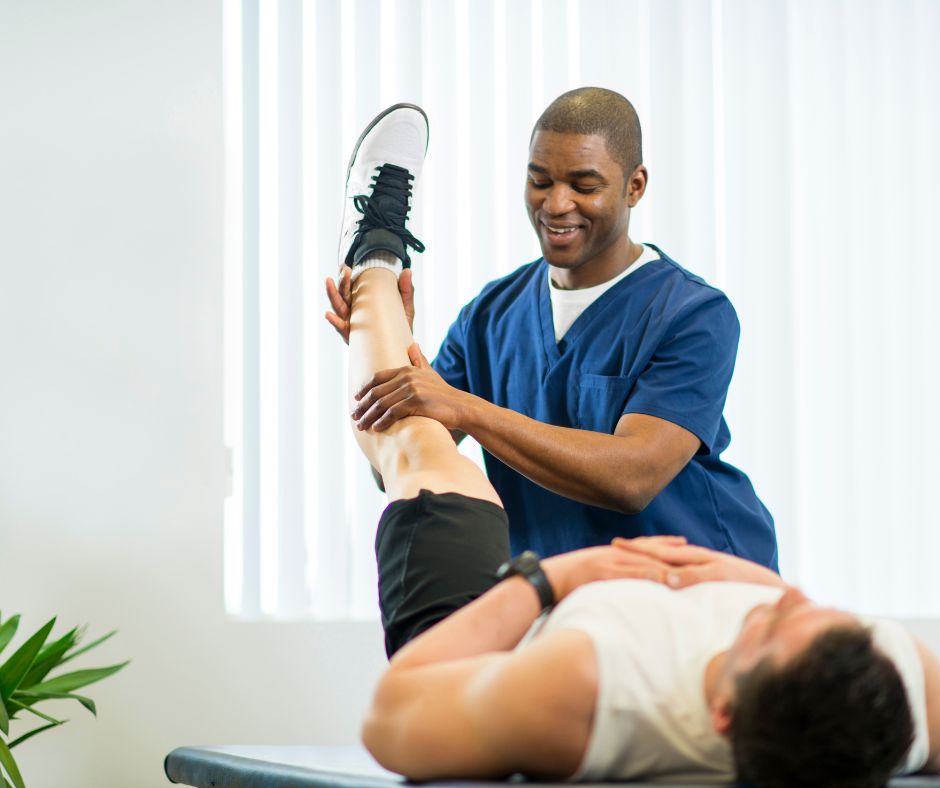In an age where mobility is often compromised by technology, injury, or aging, physical therapy stands out as a light for individuals seeking regain their mobility and enhance their standard of life. This blend of art and science centers on rehabilitating function through personalized care, empowering patients to overcome pain, heal from injuries, and achieve their physical potential. But what precisely is physical therapy, and how can it transform lives?
Whether you are an sports person aiming to boost performance, a senior wanting to preserve independence, or an individual managing chronic pain, the advantages of physical therapy reach far beyond mere injuries recovery. From understanding what to expect at your first appointment to discovering specialized treatments for conditions like joint pain, sciatica, or stroke recovery, this guide will unlock the myriad ways physical therapy can enhance your life. Knowing when and how to seek help can pave the way for a more healthy, more active future.
Comprehending Physical Therapy
Physical therapy is a clinical field dedicated to evaluating, diagnosing, and treating patients with functional deficits or mobility issues. It blends science, medical insights, and a experiential method to help individuals regain mobility, reduce pain, and achieve ideal well-being. With a variety of strategies, physical therapists guide patients through tailored exercise regimens, manual therapy, and instruction, enabling them to handle their health challenges proficiently.
One of the key components of physical therapy is its integrated approach. It understands that healing is not just about the bodily dimension; it also considers the emotional and psychological well-being of patients. By considering specific circumstances and lifestyle factors, physical therapists develop personalized rehabilitation programs that target alleviating discomfort, preventing injuries, and enhancing function. https://dutiful-ferret-nrlg5w.mystrikingly.com/blog/a-path-to-healing-narratives-from-rehabilitation-patients is what makes physical therapy a crucial resource in multiple healthcare contexts.
Physical therapy is suited to diverse populations, from athletes recovering from athletic injuries to older adults seeking to sustain mobility and autonomy. It plays a important role in rehabilitation after medical procedures or trauma, enabling patients reestablish power and confidence in their abilities. By improving mobility and addressing issues like long-term pain and posture, physical therapy not only supports in healing but also encourages general well-being and quality of life.
Benefits of Physical Therapy
Rehabilitative therapy offers a variety of gains that reach beyond just injury recovery. One notable plus is its role in discomfort management. Through tailored exercise programs and manual techniques, physical therapists can assist alleviate long-lasting pain and improve overall function. This tailored approach allows individuals to regain authority over their pain, often reducing the need for medication or invasive procedures.
Another important benefit of physical therapy is its effect on flexibility and flexibility. As we grow older or recover from injuries, we may experience stiffness or reduced range of motion. Physical therapists utilize various exercises and modalities designed to enhance mobility, making it more convenient to perform daily activities. Improved mobility not only contributes to a higher quality of life but can also prevent subsequent injuries by ensuring that the body is set for physical demands.
Additionally, physical therapy plays a vital role in injury prevention and rehabilitation. Whether for athletes or people in daily life, a trained therapist can spot strengths and weaknesses in physical movements. By addressing these issues through tailored interventions, physical therapy helps patients avoid injuries while promoting optimal physical performance. This anticipatory approach is indispensable for maintaining long-term health and fitness.
Targeted Applications of Therapeutic Therapy
Physiotherapy is not a one-size-fits-all treatment; it encompasses various specific methods that cater to individual needs and conditions. Child physical therapy focuses on to help children deal with developmental challenges and disabilities. Specialized techniques and exercises are designed to enhance motor skills, balance, and coordination, enabling children to thrive in their daily activities. This customized approach meets the specific physiological and emotional needs of child patients, encouraging not only physical development but also self-esteem and confidence.
A further important area is elderly physical therapy, which aims to help older adults maintain their independence and mobility. As individuals age, they may experience decreased strength, balance issues, and chronic pain, resulting in it difficult to perform everyday tasks. Geriatric physical therapists design individualized programs that focus on improving strength, balance, and flexibility, supporting seniors in leading active lives while reducing the risk of falls and injuries. This specialized care is essential for enhancing their overall quality of life.
Water-based therapy is another specialized form of physical therapy that can provide significant benefits, particularly for those with pain or mobility issues. The buoyancy of water reduces stress on joints and muscles, allowing patients to perform exercises with less discomfort. This form of therapy is especially beneficial for individuals recovering from surgery or those with chronic pain conditions. By utilizing https://notes.io/wZZKv of water, aquatic therapy encourages movement and rehabilitation in a supportive environment, aiding clients achieve their mobility goals effectively.

